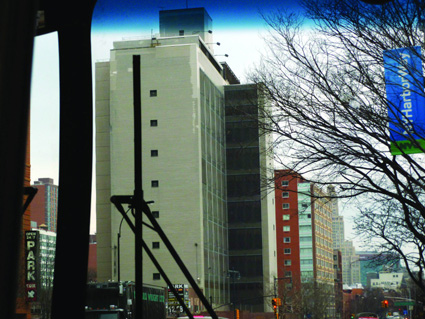Review and Comment: A Jail Too Many?

The House of Detention on Atlantic Avenue is reopening regardless of a campaign that called it the wrong facility in the wrong place (new residential building having sprouted around it), but a question not raised was whether this jail should be revived at all, anywhere. That the United States is jailing a larger proportion of its people than any other country, even places like Russia and China, is a scandal that has been getting growing attention but so far no corrective action.
The Jan. 30 editions of both The New Yorker and The Nation carried lengthy reviews of The Collapse of American Criminal Justice, a book published last fall soon after the untimely death of its author, William J. Stuntz, a conservative Harvard Law professor whose unorthodox ideas parted ways with both conservative and liberal thinking. Adam Gopnik in The New Yorker noted that in 2010 the U.S. had 731 people incarcerated for every 100,000 of its population, or one person out of every 135. Going beyond the frequent criticism of mandatory jailing for drug use, provisions like three-strikes-you’re-out, curbs on judicial discretion, and racial discrimination, Stuntz was described as having found fault with the very Bill of Rights in our Constitution.
The trouble with the Bill of Rights, in Stuntz’s view, is its emphasis on procedure rather than on actual justice. His book is said to contrast this to the Declaration of the Rights of Man that was part of the French Revolution at its beginning, and that affirmed general principles of guilt and innocence. Under our administration of the Bill of Rights, Gopnik writes, “accused criminals get laboriously articulated protection against procedural errors and no protection at all against obvious and outrageous violations of simple justice. You can get off if the cops looked in the wrong car with the wrong warrant when they found your joint, but you have no recourse if owning the joint gets you locked up for life.” The person who can afford a good lawyer can exploit all-too-likely procedural flaws, while the poor defendant often has little real chance to fight the prosecutorial machinery and can be pressured to accept a plea bargain even if not guilty.